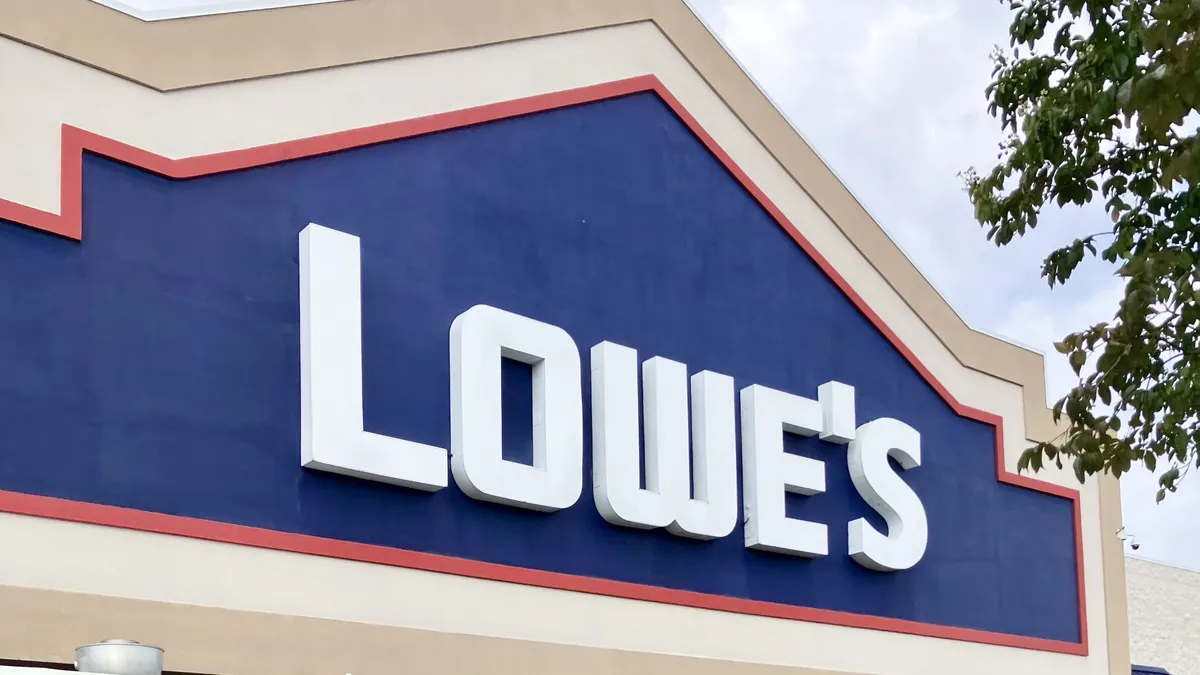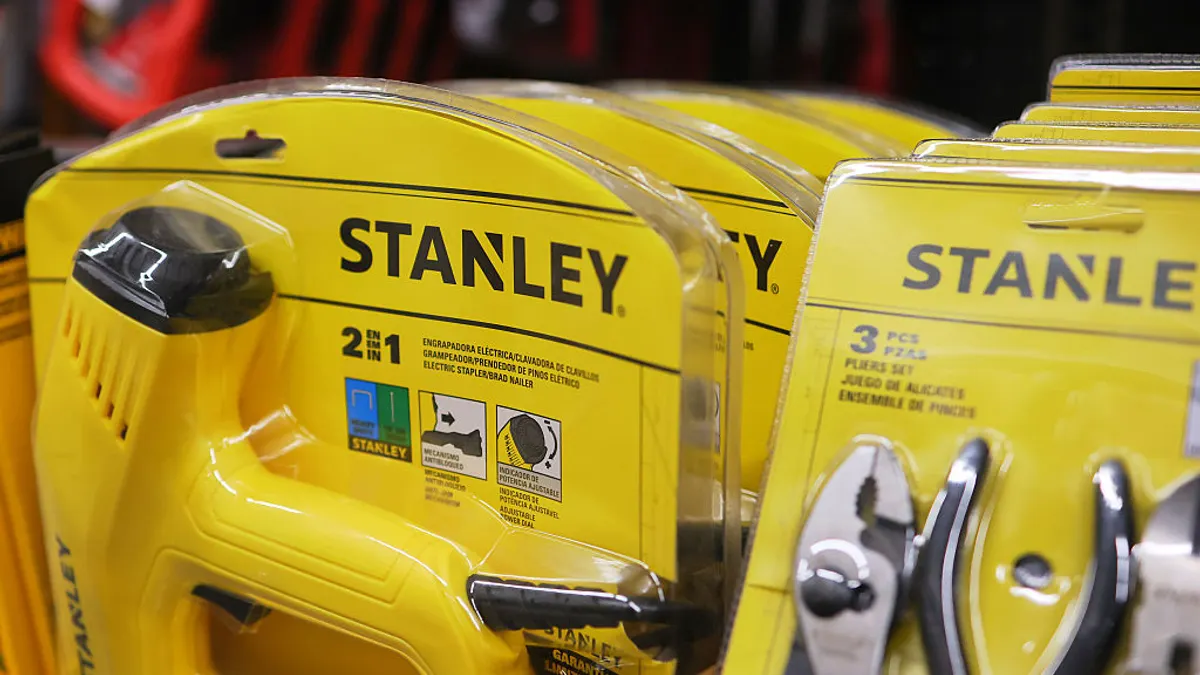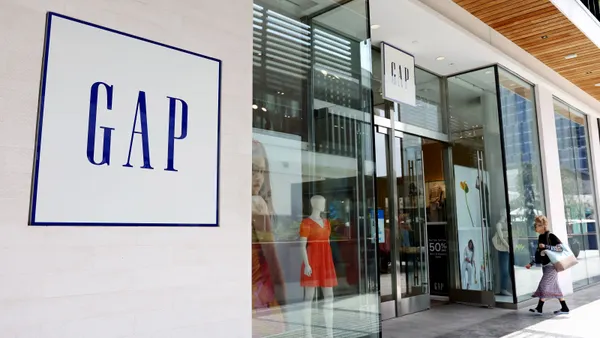Dive Brief:
- Lowe’s aims to maintain competitive pricing in the home improvement market, despite pressures from tariffs, CEO Marvin Ellison said on a May 21 earnings call.
- Besides its portfolio approach to pricing, Ellison also noted that Lowe’s built tools for price management that will help “navigate any environment.”
- Ellison added that Lowe’s has also cultivated and developed relationships with its suppliers for the last six years. “This is when those relationships start to pay off,” he said.
Dive Insight:
Lowe’s has made strategic efforts to diversify its supply chain to navigate the impact of U.S. tariffs and ongoing trade tensions, executives said on the call.
In April, the Trump administration announced plans to enact reciprocal tariffs for several countries. These duties have since been paused but are slated to return for some trading partners soon. Imports from China are currently subject to an extra 30% tariff rate.
Roughly 60% of Lowe’s purchases originate in the U.S., EVP of Merchandising Bill Boltz told analysts. That percentage equates to roughly $30 billion on an annual basis.
China makes up a smaller sourcing share at 20% of purchases, consisting of goods like small appliances, tools and ceiling fans, according to Boltz. Despite reducing its dependency on the country, Lowe's is still "not satisfied" with its current sourcing mix, he added.
In turn, the home improvement retailer’s global sourcing team has been collaborating with its private and national brand suppliers over the last several years to pursue further global diversification opportunities, Ellison said.
Part of this strategy includes a disciplined approach to analyzing the inventory mix, considering individual SKUs, product categories, line structures and assortments to assess “what makes sense going forward,” per Boltz.
“And you can just imagine the level and magnitude of work that's required when you have to go do this SKU by SKU, vendor by vendor,” Boltz said.
Another home improvement retailer, The Home Depot, has also strategized its approach to tariff-driven cost pressures, noting that it doesn’t plan to raise prices. On the other hand, several retailers, including Walmart, recently noted that price increases may be necessary to combat high tariffs.
This story was first published in our Procurement Weekly newsletter. Sign up here.















